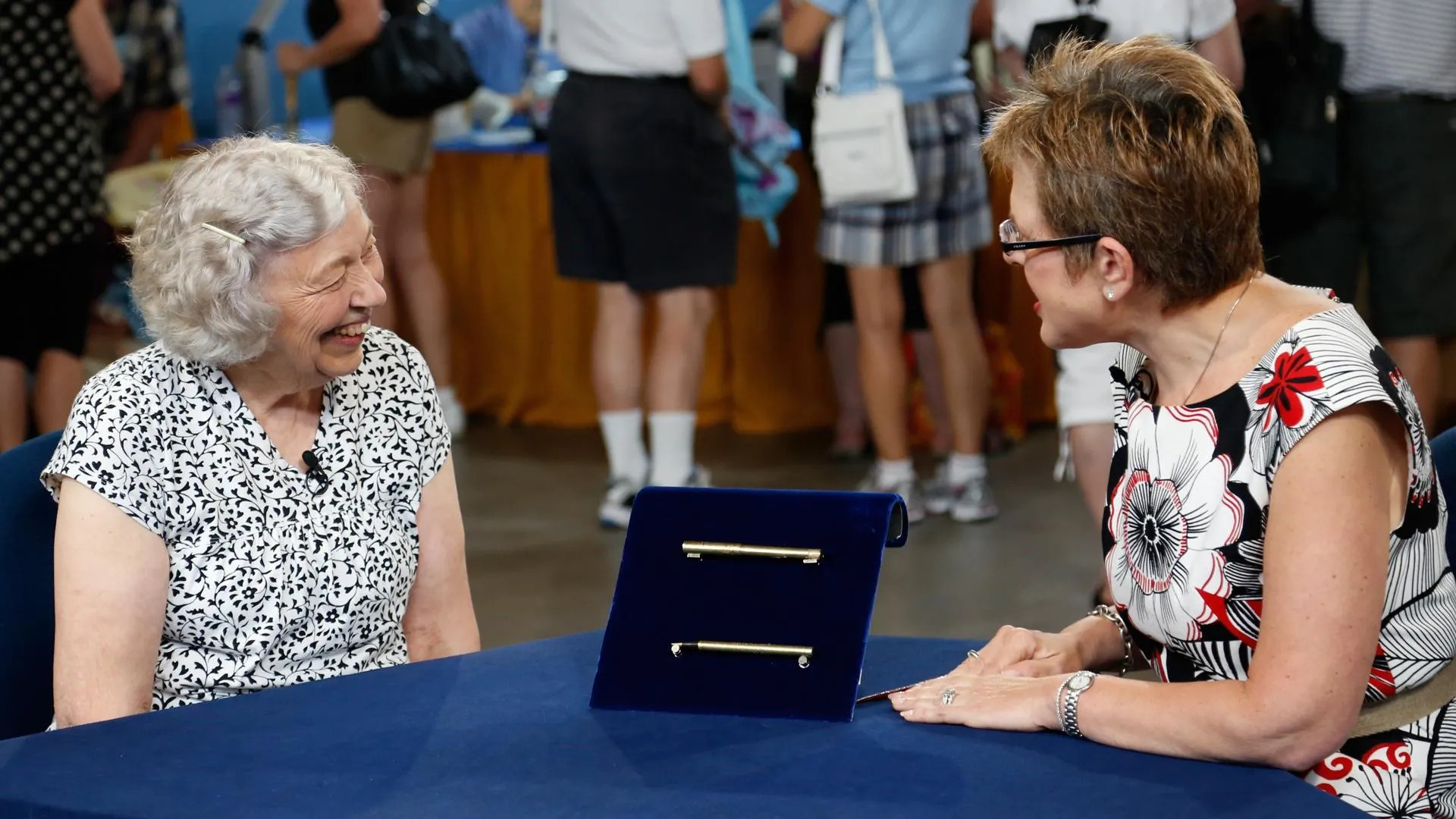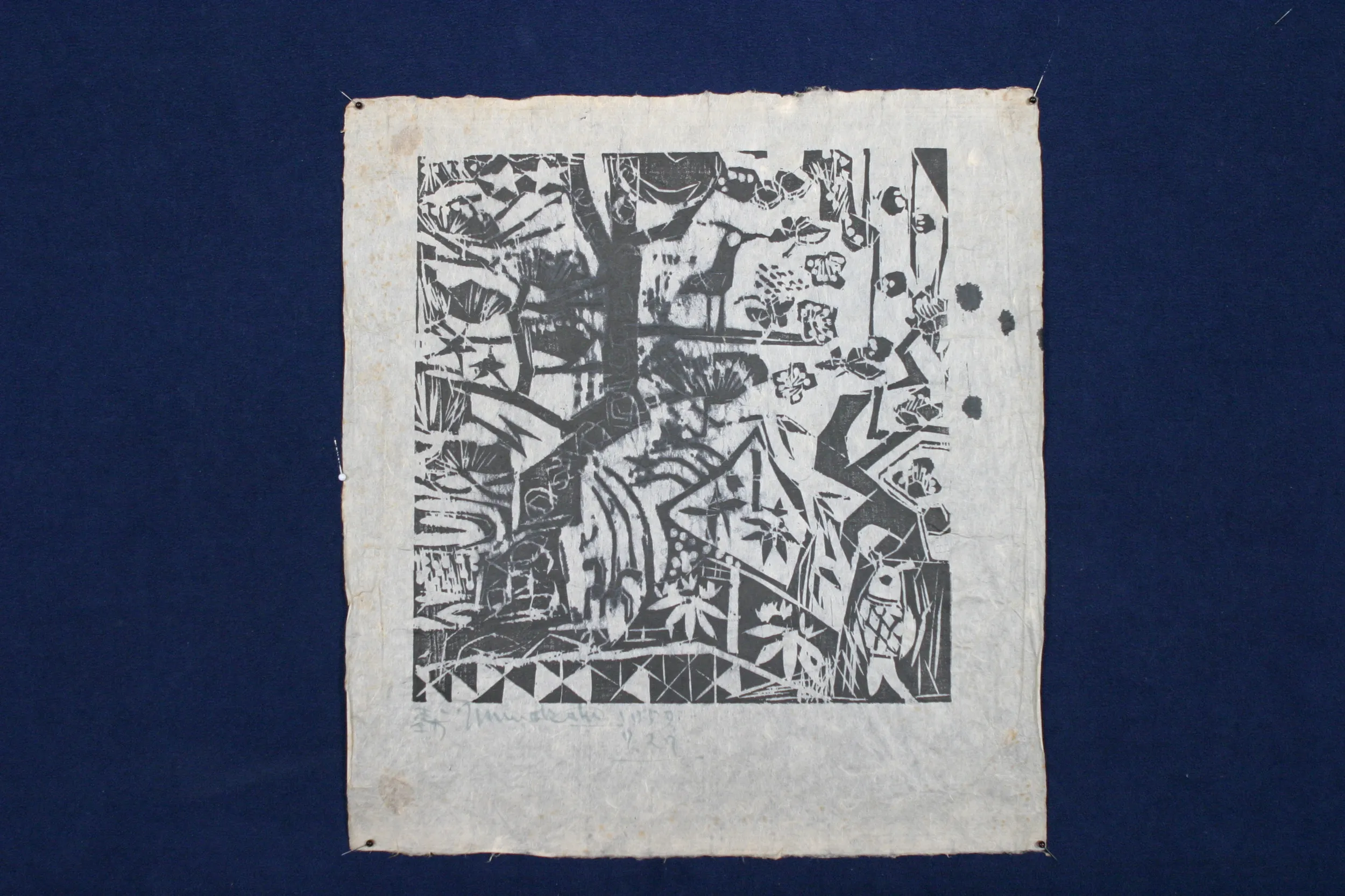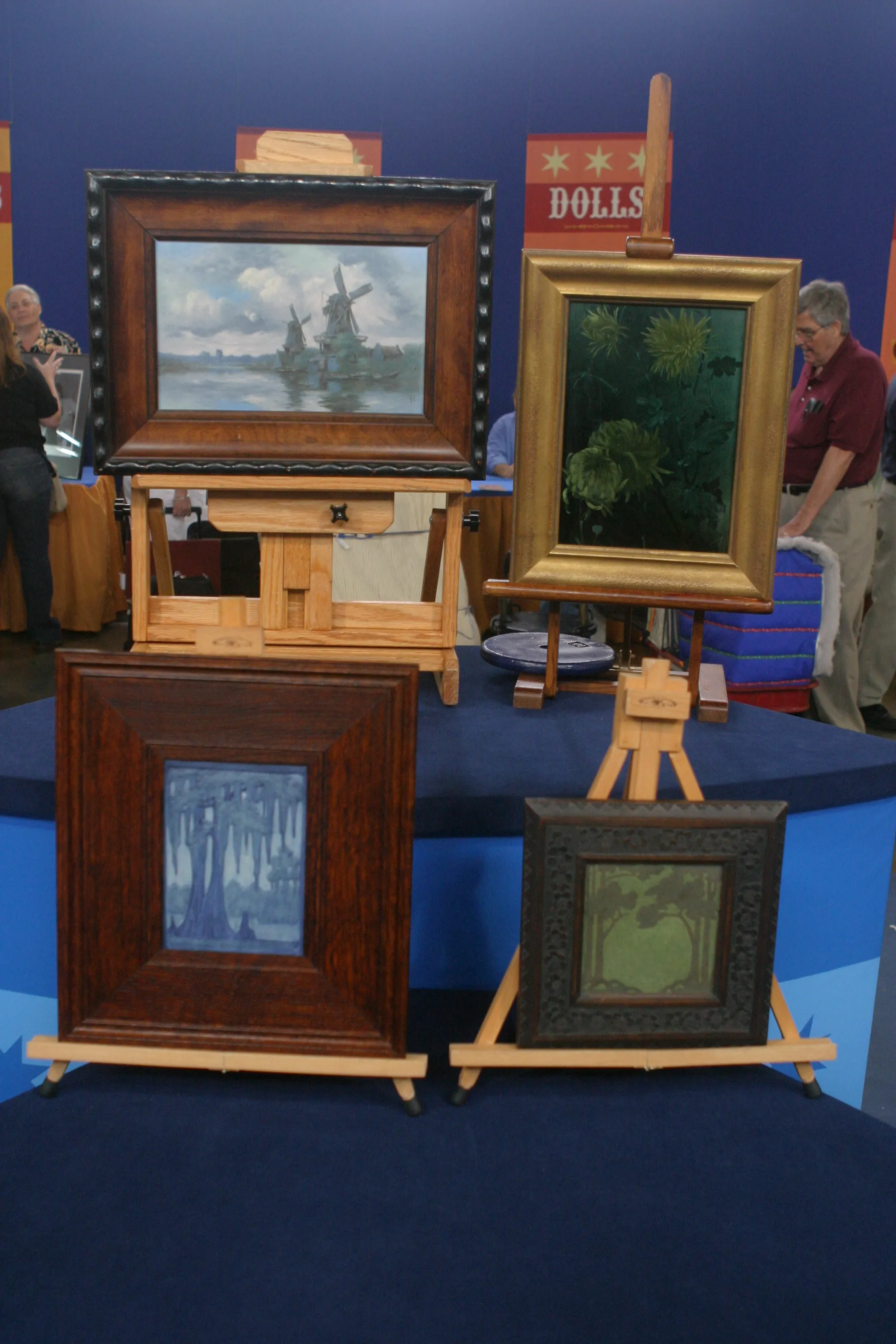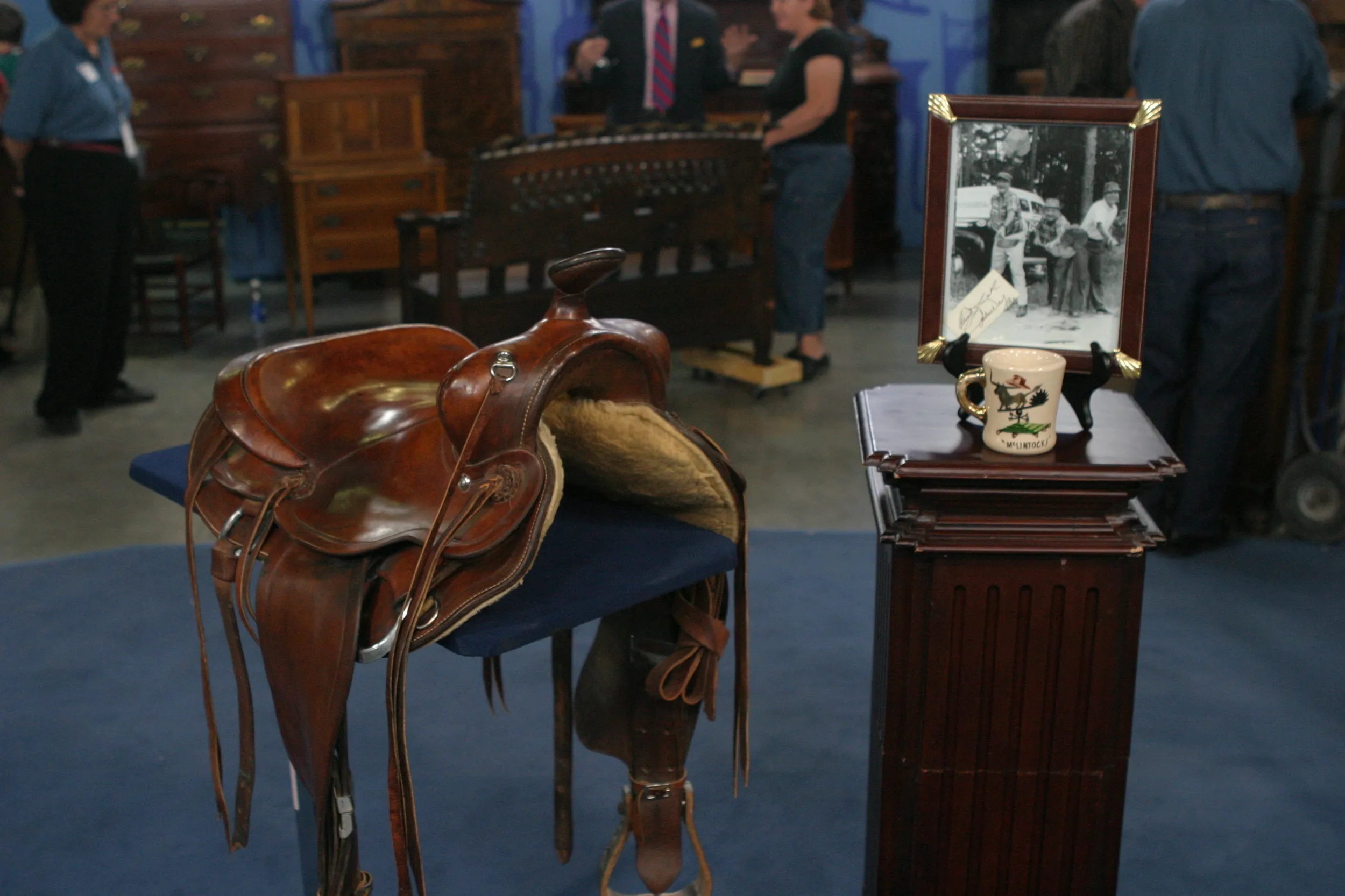HOST: Idaho's native son James Castle was a self-taught outsider artist who was compelled to draw and construct art every day. Castle was born deaf, found a way to express his inner world by creating fascinating artworks with humble materials such as scraps of cardboard, spit and soot. The Boise Art Museum has the largest public collection of art and objects by James Castle in the country. We met up with appraiser Colleene Fesko to discuss some of Castle's amazing works.
GUEST: James Castle was born in 1900, and his work spans over 70 years, and it basically documents his growing up and living in rural central Idaho. He was born deaf and could not speak, read or write, but his parents owned the local community store and post office. He would use stamps and envelopes and anything that passed through those areas to make his own art. This untitled piece is from the later period of Castle's work, probably around 1976. What it portrays is his dream house, and one of his dreams was to have a house or a studio where he could work on his own, so here we see a portrayal of that dream house and arguably his parents on either side. What's interesting about this piece too is that he's using his standard soot and spit and line drawing, but he has also incorporated the use of color. While he was able at this point to have commercial materials, he really preferred to use his own pieces. He would use colored tissue paper or crepe paper and squeeze out the pigment, mix it with water, and we can see that lovely, almost impressionistic style in the sky and in the pink of the figures. When I first looked at the piece, it reminded me so much of an outsider version of Grant Wood's American Gothic. There's something so classical about the composition and the positioning and the narrative.
HOST: Even the look on the faces of the mom and dad there.
GUEST: We have another example of his work here.
HOST: Tell me about this rooster.
GUEST: Well, the rooster is an example of one of his constructed pieces, and what I so much admire about this piece is that you can see the improvisational work that has gone into it. His ranch was populated with chickens and cats and dogs and horses and cattle, and he would make these figures to represent the animals that were on the ranch. It's interesting to note too that these constructed characters were often populated in and among the live figures. So he may create something like this rooster and put it in the yard with the real roosters.
HOST: Absolutely. Let's talk about value.
GUEST: Not many of his works have appeared at auction. However, a similar piece to the constructed rooster can sell for between $15,000 and $20,000, and comparable works on paper at auction would probably sell between $10,000 and $15,000.
HOST: Well, just beautiful art and great to hear the history of Mr. Castle and to see so many great examples here in the museum. Thank you, Colleene.
GUEST: Thank you very much.









